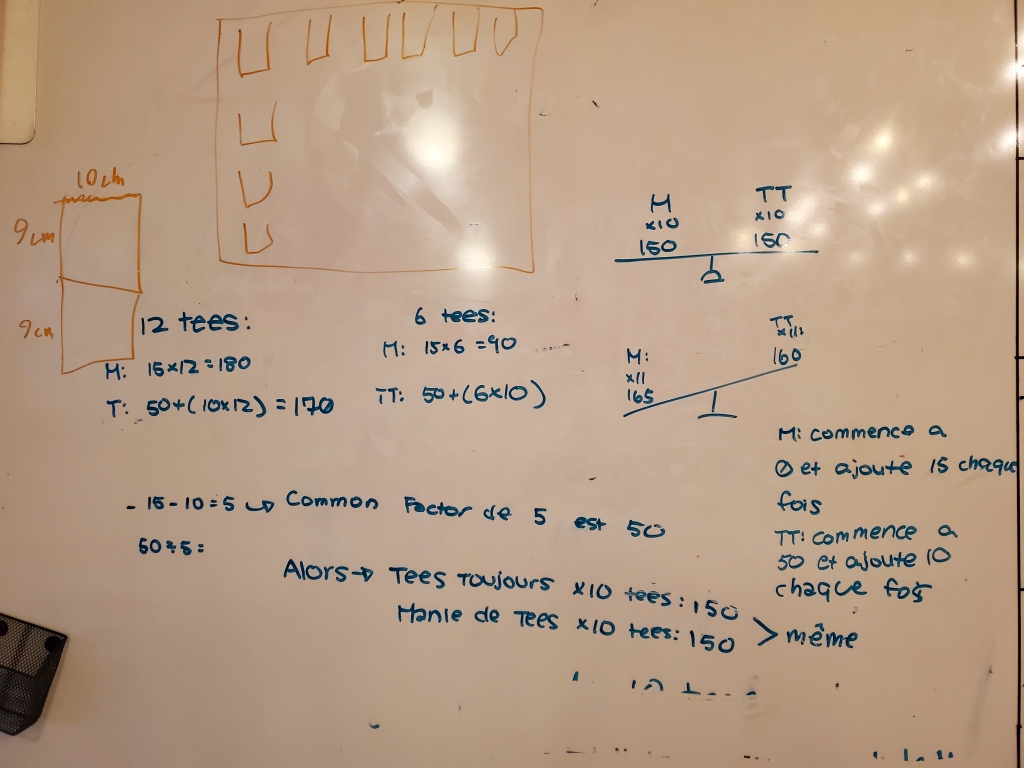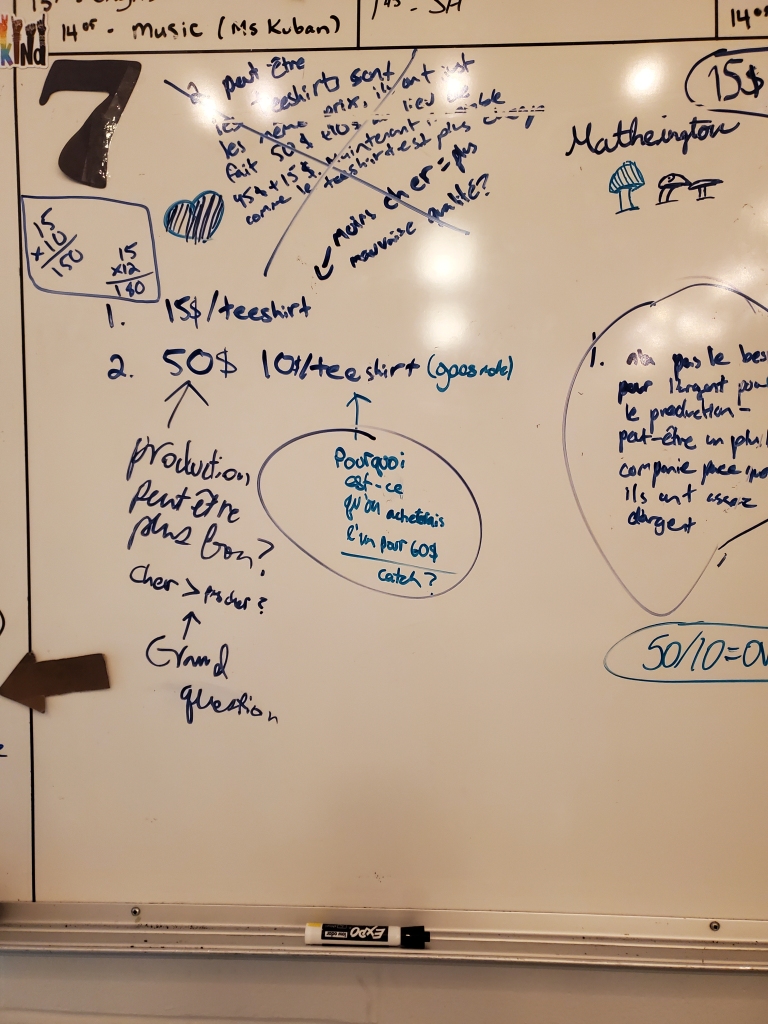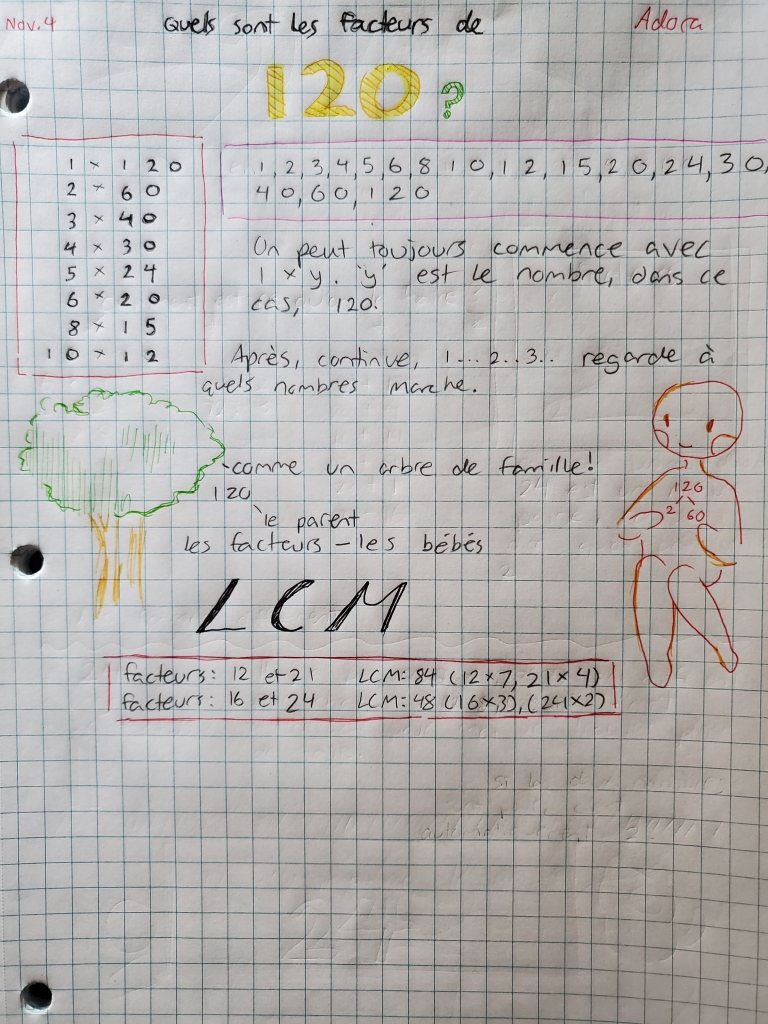I can’t believe how quickly I run out of times to do things, and how many weeks go by without finding time to blog. Phew!
Some stand-out things:
- I got my hands on Math Games with Bad Drawings by Ben Orlin. HIGHLY recommend. I’ve only made it fraction of the way in, but there is such a lovely mix of humour, information and great games already. I also started reading it just in time. We had a few days of interrupted classes, where I may have had anywhere from a rotating door of 3-18 students in my room at any given time. We’ve tried Dots and Boxes, Spouts and Dandelions. I’ve spotted several students playing when they’ve had a free moment, and really enjoyed listening to them discuss strategies, odds, and modifications to change gameplay. So fantastic!
- I asked students to look over my recording instrument to see what three learning outcomes they wanted to show me. These may be things we’ve done, but I hadn’t recorded evidence of, or stuff we hadn’t done yet, but they felt they knew. I took their requests and created a personalized quiz for each student based on their choses learning outcomes and levels (basic, intermediate, advanced). For this particular quiz, students completed their work on their own. I then photocopied the quizzes and gave the photocopies back the next day. They could then use their notes, ask me questions or work with their peers to add more to their work – I just asked that they do that in a colour other than black pen, so I could easily see what was added. All of this was then added to my recording instrument.
- I need to rename things. Recording instrument needs an easier name. Quizzes need to sound less ominous, especially since they aren’t quite quizzes. Maybe Montre-moi? (Show me)
- We’re exploring percentages, and I’m about to launch a task where they have to decide what they want to buy with $75 imaginary dollars from a store of their choice, depending on the kind of coupon they might get (35% off one item or 15% off the entire purchase).














